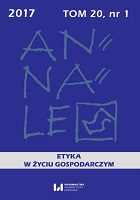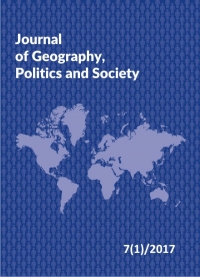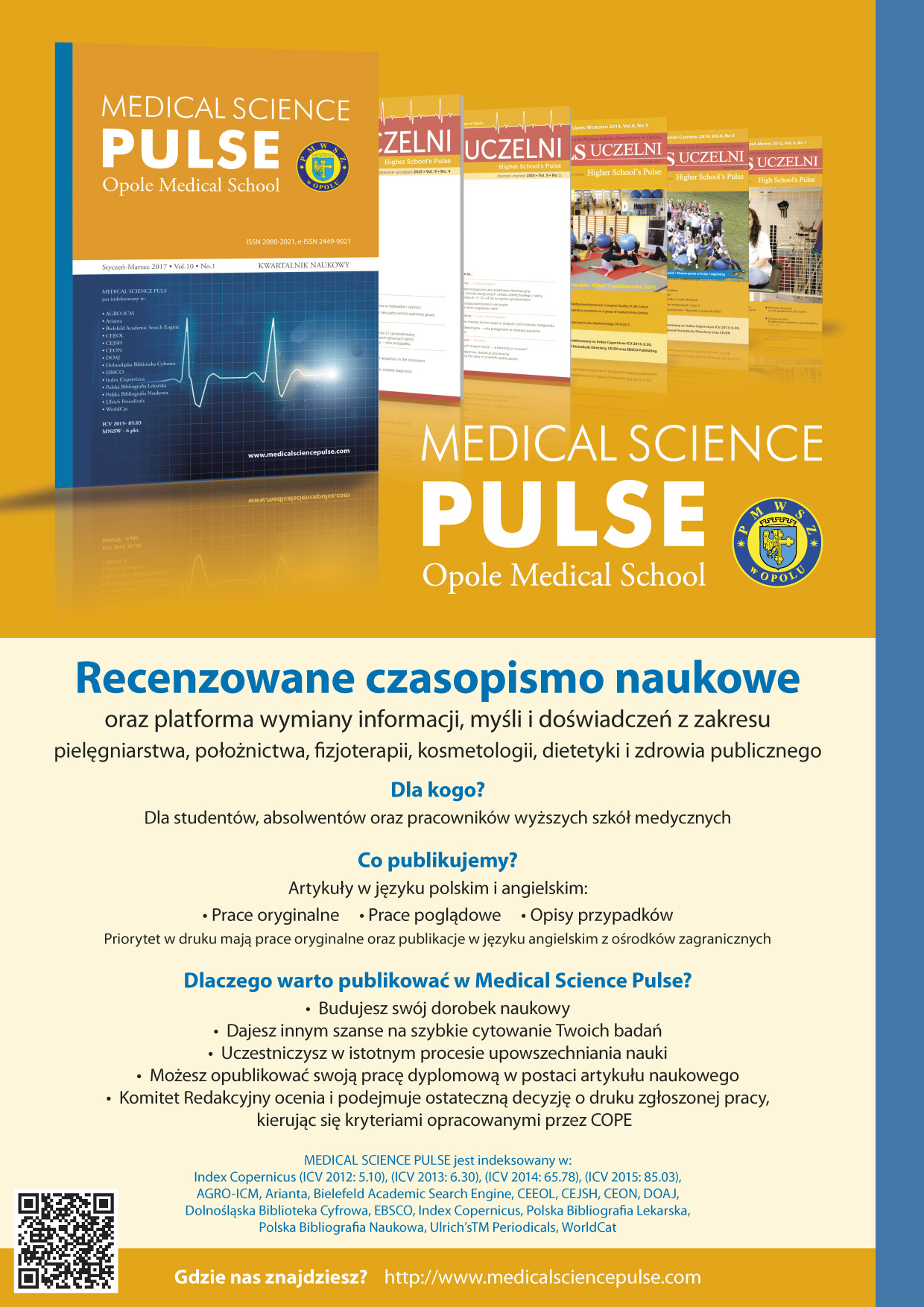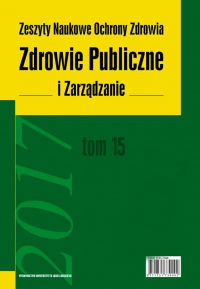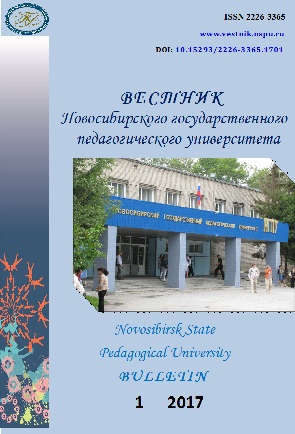
Этапы становления и развития научных представлений о диагностике по пульсу
Introduction. This article analyzes the development of pulse diagnosis as one of the key methods to assess a person's functional status. The purpose of the article is to isolate and characterize the main stages of formation and development of pulse diagnosis. Materials and Methods. In the course of writing the article the authors used comparative historical and analytical methods of historical and medical research. Results. The main results are the following: the isolation and a brief description of major periods of pulse diagnosis` formation, from the era of the ancient world to the newest time.Conclusions. In conclusion, the author presents the process of formation of different schools, using pulse wave analysis as one of the main criteria for assessing the condition of the patient: in the framework of traditional Chinese medicine, classical Ayurvedic and Tibetan medicine in the East and European - in the West. The role of various figures of antiquity and the Middle Ages, whose works are descriptions of a variety of species and types of pulse on the basis of its specificity, palpation technique, the criteria for normal heart and pathological changes. The article highlights the contribution of leading world experts and domestic physiology of the cardiovascular system, which showed the dependence of circulation processes, and cardiac rhythm breath phases and influence of vegetative nervous system`s departments. Original works by contemporary scholars are presented to justify the possibility of studying the functional state of a person on the basis of mathematical analysis of heart rate. The authors observed the process of introduction into clinical practice of modern instrumental methods for electrophysiological analysis of heart rate – as the next step in the development of palpable empirical techniques used in traditional healing systems.
More...
